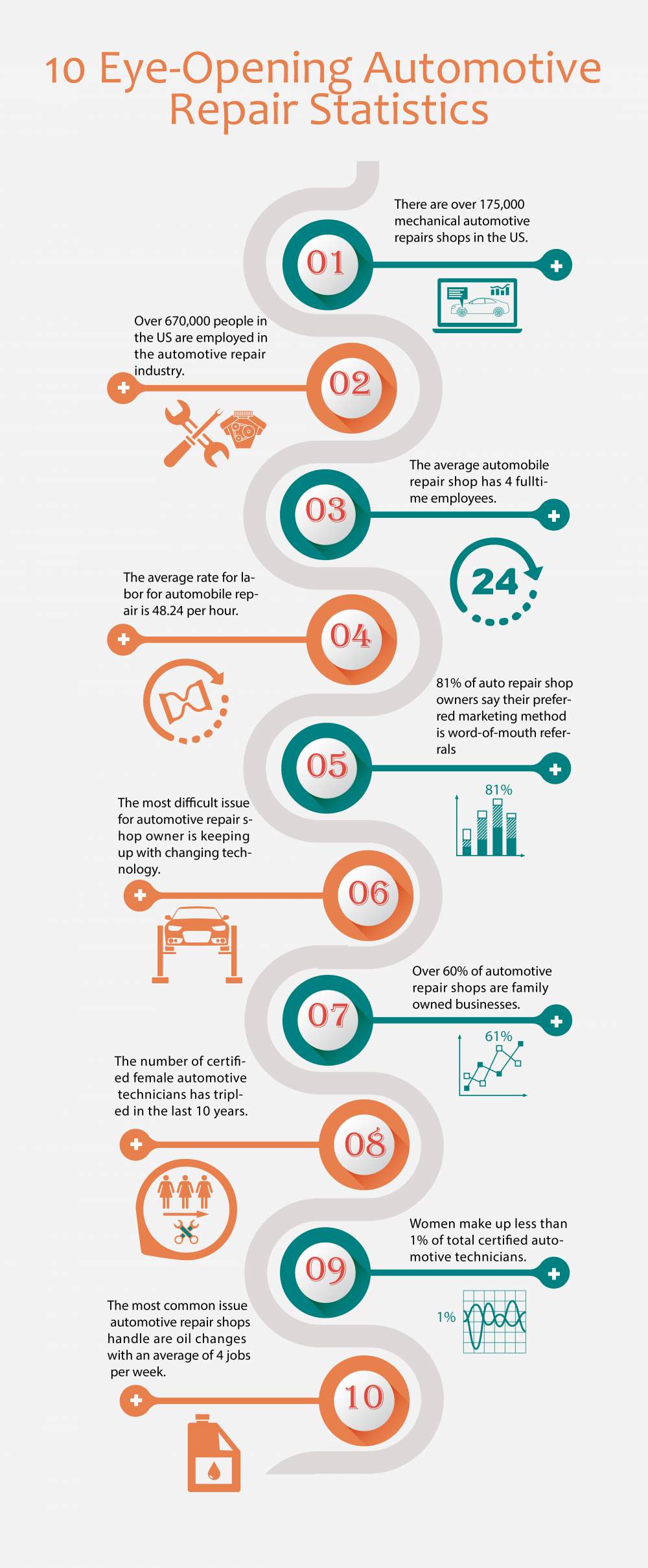Examining Your Car'S Caution Indicators: What They Really Share
Examining Your Car'S Caution Indicators: What They Really Share
Blog Article
Created By- carwashnz
When you're behind the wheel, those radiant caution lights on your dashboard can be a bit complicated. Do you understand what they're attempting to inform you about your auto's health? Understanding the importance of these lights is essential for your safety and security and the longevity of your car. So, the next time one of those lights pops up, would not you want to analyze its message precisely and take the needed steps to resolve it?
Common Caution Lights and Interpretations
Determine common caution lights in your car and comprehend their significances to ensure risk-free driving.
The most common warning lights include the check engine light, which indicates problems with the engine or discharges system. If this light begins, it's critical to have your automobile examined quickly.
car detailing expert alerting light suggests reduced oil pressure, needing immediate attention to stop engine damages.
A blinking battery light could suggest a defective billing system, possibly leaving you stranded if not attended to.
The tire stress surveillance system (TPMS) light alerts you to low tire stress, impacting automobile security and gas efficiency. Disregarding this could result in hazardous driving problems.
The abdominal light shows a trouble with the anti-lock stopping system, jeopardizing your ability to stop promptly in emergencies.
Lastly, the coolant temperature level warning light warns of engine getting too hot, which can result in serious damage if not fixed promptly.
Understanding these usual caution lights will aid you address problems immediately and keep safe driving conditions.
Significance of Prompt Interest
Understanding the common warning lights in your automobile is just the initial step; the importance of without delay attending to these cautions can't be emphasized enough to ensure your safety and security when traveling.
When a warning light illuminates on your dashboard, it's your vehicle's method of communicating a possible issue that needs focus. Overlooking these warnings can bring about a lot more severe troubles down the road, jeopardizing your security and possibly costing you a lot more out of commission.
Trigger focus to warning lights can stop breakdowns and mishaps. As an example, a blinking check engine light could indicate a misfire that, if left unattended, can cause damage to the catalytic converter. Resolving this immediately can save you from an expensive repair service.
Similarly, a brake system alerting light could signify reduced brake fluid or worn brake pads, critical components for your safety and security when driving.
DIY Troubleshooting Tips
If you discover a warning light on your dashboard, there are a few DIY troubleshooting ideas you can try prior to seeking professional help.
The primary step is to consult your vehicle's handbook to understand what the particular caution light suggests. Often the problem can be as simple as a loose gas cap activating the check engine light. Tightening the gas cap may deal with the issue.
One more usual issue is a reduced battery, which can activate numerous alerting lights. Examining the battery connections for rust and ensuring they're safe and secure could take care of the issue.
If a warning light continues, you can attempt resetting it by disconnecting the automobile's battery for a few minutes and afterwards reconnecting it. Additionally, checking your car's liquid levels, such as oil, coolant, and brake liquid, can aid troubleshoot alerting lights connected to these systems.
Conclusion
In conclusion, understanding your automobile's warning lights is important for keeping your lorry running smoothly and securely. By promptly attending to these alerts and knowing what they indicate, you can prevent costly repair services and possible breakdowns.
Bear in mind to consult your auto's handbook for certain information on each warning light and take action appropriately to ensure a trouble-free driving experience.
click this link informed, remain secure when driving!
